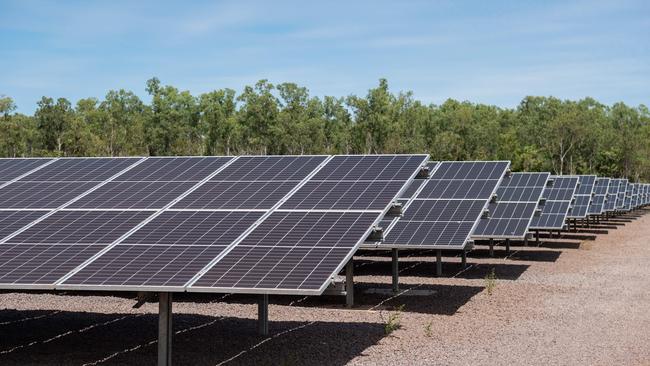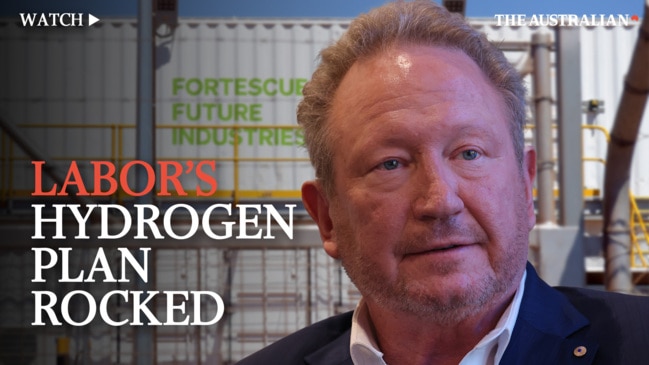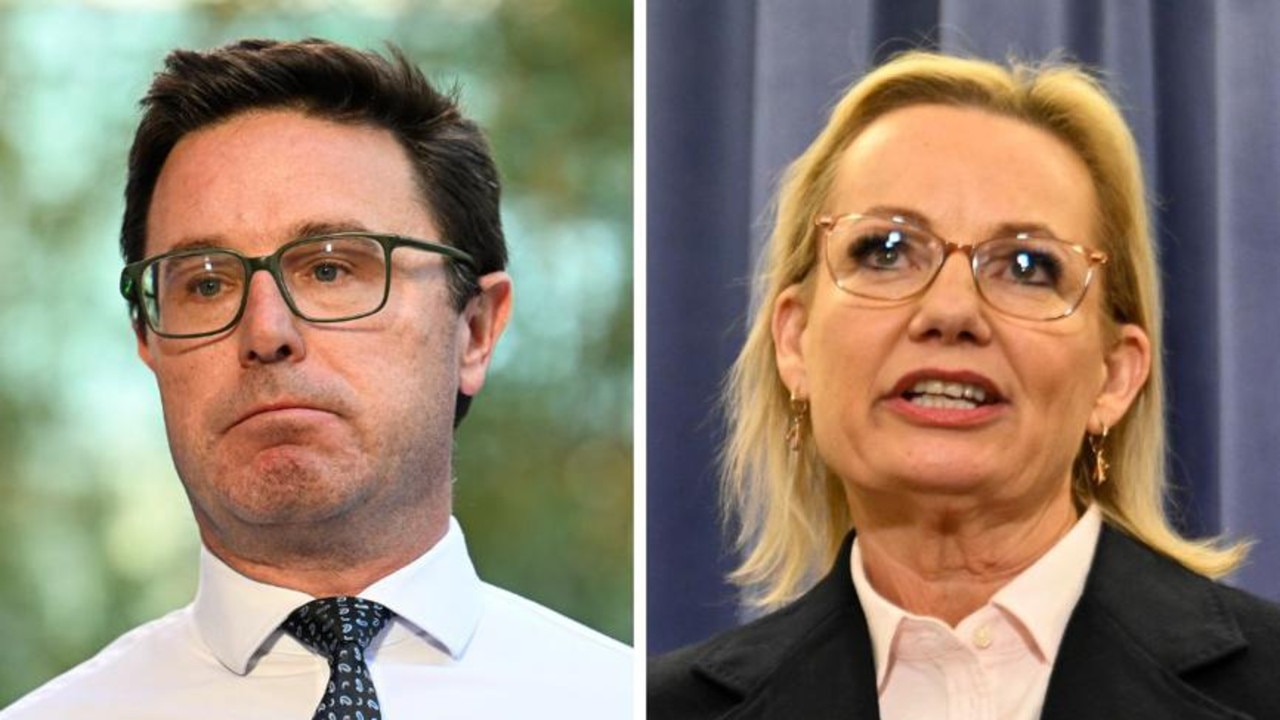Power-up needed: slow shift to green
Pressure is growing on Labor’s bid to hit 82 per cent renewables by 2030 with just one new green energy project connecting to the grid in the June quarter, as developers urge the NSW government to speed up priority projects.

Pressure is growing on Labor’s bid to hit 82 per cent renewables by 2030 with just one new green energy project connecting to the grid in the June quarter, as developers urge the NSW government to speed up priority projects or risk derailing the energy transition.
Just one wind farm connected to the grid in the three months to June 30, Australian Energy Regulator data shows, with the slow pace of new green energy projects going online raising concern that the shift to green sources of supply are falling behind Labor targets.
The Australian Energy Market Operator estimates six gigawatts of new capacity must be installed each year but only 3GW is currently being delivered, a rate that Australia’s energy industry said would cause substantial price rises or the extension of coal.
Officials said the statistic belied a substantial number of renewable energy projects in late-stage testing and these were likely to go online imminently. However they could not offer a concrete timetable.
The push by developers in NSW comes amid growing frustration in the state, which has set grand energy transition targets, with developers insisting they are stymied by what they say are onerous standards and misguided practices.
NSW is widely considered to have Australia’s most stringent planning laws, which favour communities so much that wind farms struggle for years to secure planning permission.
The Yanco Delta wind farm, developed by Belgian company Virya Energy and now owned by Origin Energy, last December became the first such onshore wind development to secure regulatory approvals in nearly three years.
Developers say the process is made worse as the state does not split applications into those that have required transmission and ones that will be dependent on new high-voltage lines, which have proven challenging to establish.
In a bid to hasten the process, several developers have privately urged a de-facto priority lane. Sources said developers had been left with the perception that the NSW government is open to the change.
“The grifters and the legitimate proponents are treated the same. It has to change and I think it will,” said one senior source at a developer.
The NSW Department of Planning, Housing and Infrastructure said the planning system dealt with each project on its merits. “All applications identify how they intend to connect to the network which is considered as part of the assessment process of each project,” a spokesperson said.

A tweak to planning laws would please big wind and solar developers.
NSW has some of Australia’s most aggressive energy transition targets, but developers insist the state’s planning laws are well behind other jurisdictions – particularly Queensland. NSW’s plan is to develop “renewable-energy zones” that contain a mix of concentrated zero-emission sources, allowing the state to minimise the building of new transmission lines.
Brett Wickham – managing director of Acciona Energia, one of Australia’s largest renewable energy developers – said the state must move quickly and tweak how it considered applications.
“Projects that can really move the needle towards renewable-generation targets and are going to be built would benefit from some sort of prioritisation process for planning approvals,” Mr Wickham said.
He said projects within a renewable-energy zone were assessed against multiple criteria to judge a project’s viability and a developer’s ability to deliver. A similar process for projects outside the zones “would benefit everyone”, he added. “We don’t want to see situations where projects that never progress beyond the drawing board are holding up real projects that create jobs and invest in developing regions,” Mr Wickham said.
If NSW failed to meet its transmission target, industry figures said it would be a hammer blow to national transition targets.
The Australian Energy Market Operator has warned that the country is not developing enough renewable energy projects to replace coal. AEMO expects all of Australia’s fleet of coal-power stations to have been retired by 2037.
Australia can ill-afford delays, with price signals indicating upward pressure on household and business bills. The cost of producing electricity across the national market averaged $133/MWh in the three months to June 30, 23 per cent higher than the same period one year earlier, AEMO data showed.
Several states endured massive price spikes during the quarter, a separate study by the Australian Energy Regulator showed. Tasmania’s wholesale price soared 110 per cent or $71MWh compared with the same period a year earlier while Victoria jumped 45 per cent or $96MWh and NSW lifted 28 per cent or $41MWh. Queensland bucked the trend, falling 22 per cent while South Australia edged up 9 per cent.






To join the conversation, please log in. Don't have an account? Register
Join the conversation, you are commenting as Logout